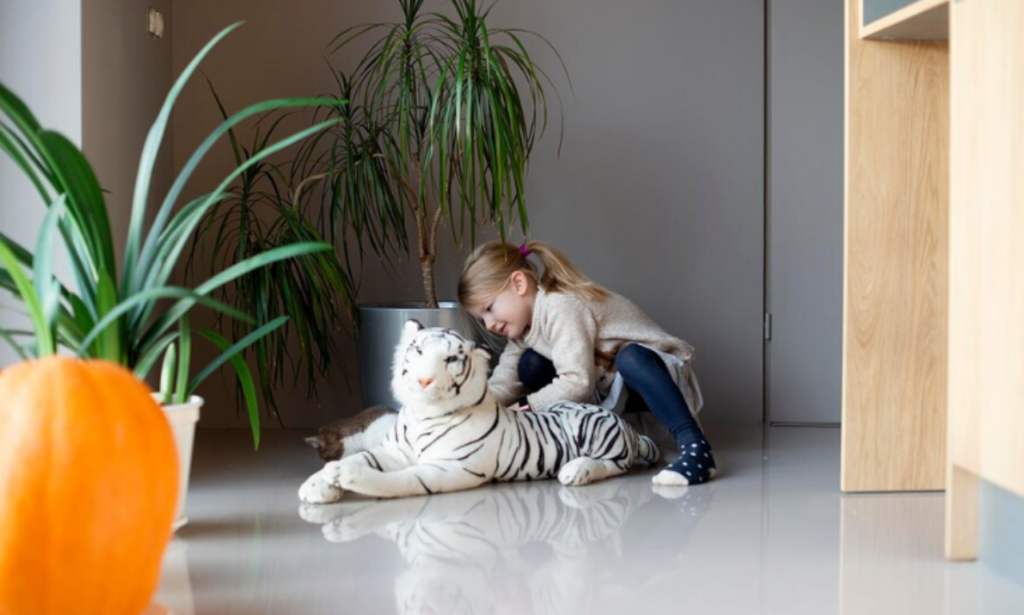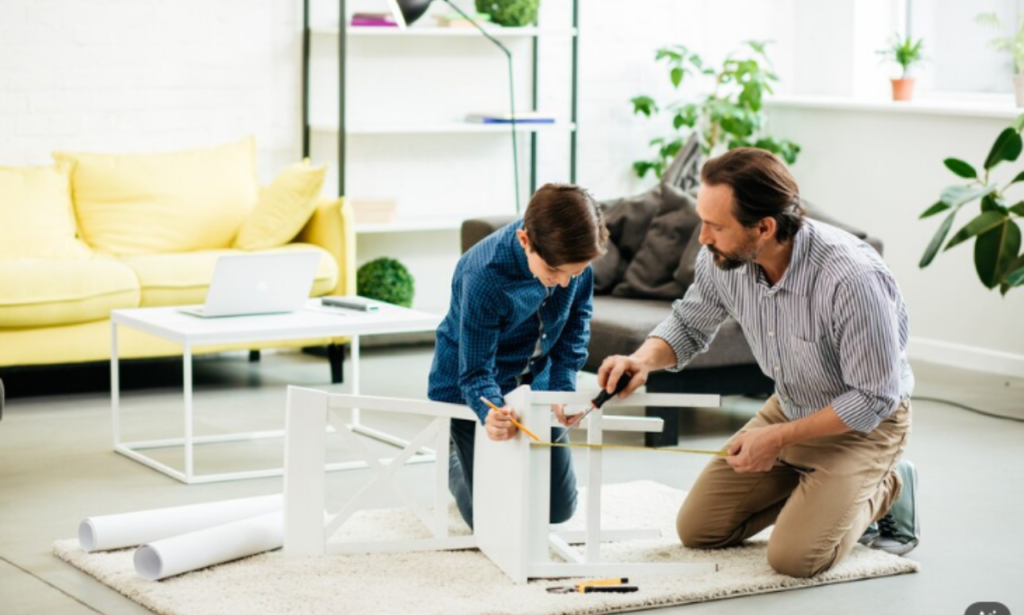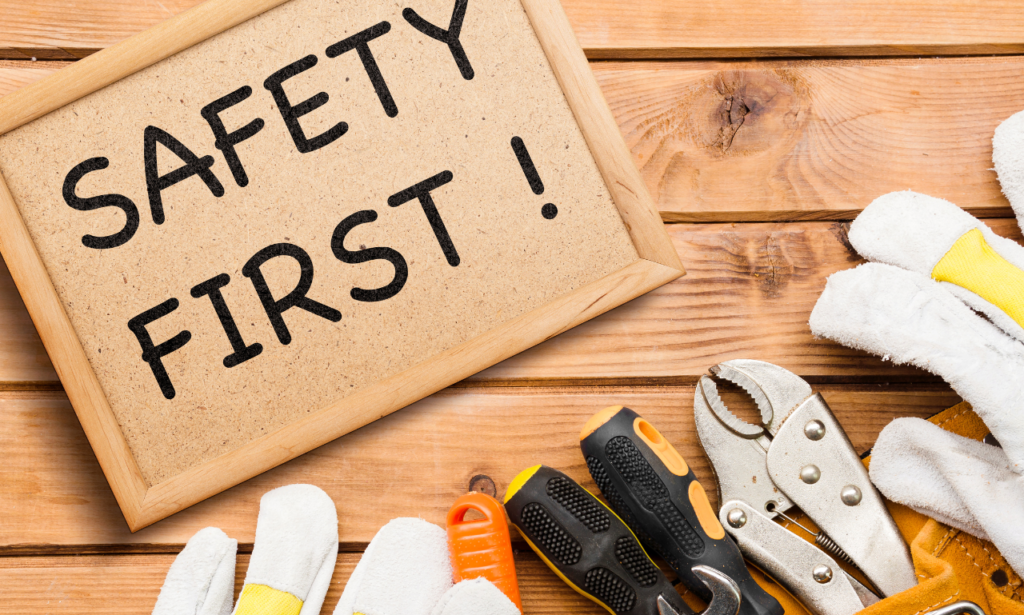Creating a safe environment for your children and pets is a top priority for any homeowner. Whether you’re a new parent, a seasoned pet owner, or both, ensuring your home is free from hazards is crucial. In this article, we’ll explore comprehensive child and pet safety tips to help you make your house a secure place for your little ones and furry friends.
Understanding the Importance of Home Safety
Why Home Safety Matters
Home safety is about more than just preventing accidents—it’s about creating a space where everyone can thrive. Children and pets are naturally curious, which can lead them into potentially dangerous situations. A few preventative measures can save you from a lot of stress, and more importantly, keep your loved ones safe.
Common Hazards in the Home
Before diving into specific tips, it’s essential to recognize some of the most common hazards in a typical household:
- Sharp objects: Knives, scissors, and other sharp tools should always be kept out of reach.
- Toxic substances: Cleaning supplies, medications, and certain plants can be harmful if ingested.
- Electrical outlets and cords: These can be tempting for both kids and pets to explore.
- Open windows and balconies: Falls from heights are a significant concern, especially for children.
Step-by-Step Guide to Child Safety
1. Secure Furniture and Appliances
One of the first steps in childproofing your home is securing heavy furniture and appliances to prevent them from tipping over.
What to Do:
- Anchor furniture: Use wall brackets or straps to secure dressers, bookshelves, and TVs.
- Avoid placing heavy items on top of furniture: This reduces the risk of something falling if a child tries to climb the furniture.
- Install safety gates: Place these at the top and bottom of stairs to prevent falls.
2. Childproof Electrical Outlets and Cords
Children are naturally curious about anything within reach, including electrical outlets and cords.
How to Protect:
- Use outlet covers: These simple devices make it difficult for children to insert objects into the outlets.
- Keep cords out of reach: Use cord shorteners or hide them behind furniture.
- Avoid using extension cords: These can be trip hazards and are often easily accessible to children.
3. Install Window Guards and Safety Nets
Windows and balconies pose a significant risk to small children. To prevent accidents, consider window guards and safety nets.
Installation Tips:
- Window guards: Install these on any windows that children can reach. Ensure they are strong and cannot be easily removed.
- Safety nets: Use these for balconies and decks to prevent falls.
4. Keep Small Objects Out of Reach
Small objects like coins, buttons, and batteries are choking hazards for young children.
Safety Measures:
- Store small items in locked drawers: Keep these items out of sight and reach.
- Regularly check the floor: Children tend to pick up anything they find on the floor, so make sure it’s free of small objects.
5. Store Toxic Substances Safely
Household cleaning products, medications, and even some plants can be dangerous if ingested.
What to Do:
- Use childproof locks: Install these on cabinets that contain cleaning supplies, medications, and other toxic substances.
- Label everything: Make sure all bottles are clearly labeled, and store them in a high, locked cabinet.
- Educate older children: Teach them about the dangers of certain substances.
6. Secure Doors and Windows
To prevent accidental injuries or escapes, it’s essential to secure doors and windows.
Best Practices:
- Install door knob covers: These prevent children from opening doors to rooms or areas that aren’t childproofed.
- Use window locks: Ensure windows can only be opened a small amount, or use locks to keep them shut.
Step-by-Step Guide to Pet Safety
1. Pet-Proof Your Living Space
Pets, like children, are naturally curious and may explore areas that could be dangerous. Pet-proofing your home is essential.
How to Start:
- Remove hazardous items: Store cleaning supplies, medications, and other toxic items in a secure location.
- Keep small objects out of reach: Pets can choke on small objects just like children can.
- Secure trash cans: Pets are often attracted to garbage, which can contain harmful items.
2. Create a Safe Space for Your Pet
Pets need a designated area where they can feel safe and secure. This space should be free from hazards.
Creating the Space:
- Use pet gates: These can keep pets out of certain areas of the home.
- Provide comfortable bedding: Ensure your pet has a cozy bed in a quiet area.
- Avoid dangerous plants: Certain plants, like lilies and poinsettias, are toxic to pets.
3. Childproofing Also Protects Pets
Interestingly, many childproofing techniques also work well for keeping pets safe. For example:
- Outlet covers: These protect both kids and pets from electrical shocks.
- Baby gates: These can be used to keep pets out of certain areas, just as they do with children.
- Locked cabinets: Keeping cleaning supplies and medications out of reach is crucial for pets, too.
4. Be Mindful of Household Plants
Many common household plants can be toxic to pets if ingested. It’s essential to choose pet-friendly plants or place dangerous ones out of reach.
Pet-Safe Plant Options:
- Spider plants
- Boston ferns
- Areca palms
Toxic Plants to Avoid:
- Lilies
- Aloe Vera
- Philodendrons
5. Keep Your Pet’s Toys and Chews Safe
Just like with children’s toys, it’s important to ensure that your pet’s toys are safe.
Toy Safety Tips:
- Avoid small toys: These can be choking hazards.
- Choose durable materials: Ensure that toys are made from materials that won’t easily break apart.
- Regularly inspect toys: Look for wear and tear and replace toys as needed.
6. Ensure Safe Outdoor Spaces
If your pet spends time outdoors, make sure the space is secure and free from hazards.
Outdoor Safety Tips:
- Secure fencing: Ensure your yard has a sturdy fence to keep your pet safe from traffic and other dangers.
- Remove toxic plants: Just as with indoor plants, ensure that outdoor plants are safe for pets.
- Check for hazards: Look for sharp objects, holes, or other dangers in the yard.
Combining Child and Pet Safety
Many of the safety measures that work for children also work for pets. By combining child and pet safety strategies, you can create a home environment that’s safe for everyone.
1. Supervision Is Key
Both children and pets require supervision, especially in areas that haven’t been fully childproofed or pet-proofed.
Tips for Effective Supervision:
- Use baby monitors: These can help you keep an eye on your child or pet when you’re in another room.
- Set boundaries: Teach both children and pets which areas of the home are off-limits.
- Regular check-ins: Frequently check on your child or pet to ensure they are safe.
2. Educate and Train
Teaching your children how to interact safely with pets, and training your pets on how to behave around children, is crucial for a harmonious home.
Education and Training Tips:
- Teach respect: Educate children on how to treat pets with respect and kindness.
- Basic commands: Train pets with basic commands like “sit,” “stay,” and “leave it” to prevent accidents.
- Positive reinforcement: Use rewards to encourage good behavior in both children and pets.
Final Thoughts: Creating a Safe Haven
Your home should be a haven for both your children and your pets. By following these steps, you can minimize the risks and create a secure environment where everyone can thrive.
Remember, safety is an ongoing process. Regularly reassess your home for potential hazards, and make adjustments as your children and pets grow and their needs change. With the right precautions, you can enjoy peace of mind knowing that your home is as safe as possible.
Pro Tip: Investing in quality childproofing and pet-proofing products can make a significant difference in the safety of your home. Don’t hesitate to seek professional advice if you’re unsure about the best ways to secure your living space.
By taking these steps, you’ll not only protect your loved ones but also create a comfortable, worry-free environment where your family can thrive.
- Life Style Cool Shit Project: Redefine Your Space at LifeStyledCo - January 6, 2025
- Picuki: Your Gateway to Accessing Instagram’s Exclusive Content - December 31, 2024
- 5 Attractive Places to Visit in Abha, Saudi Arabia - December 18, 2024



